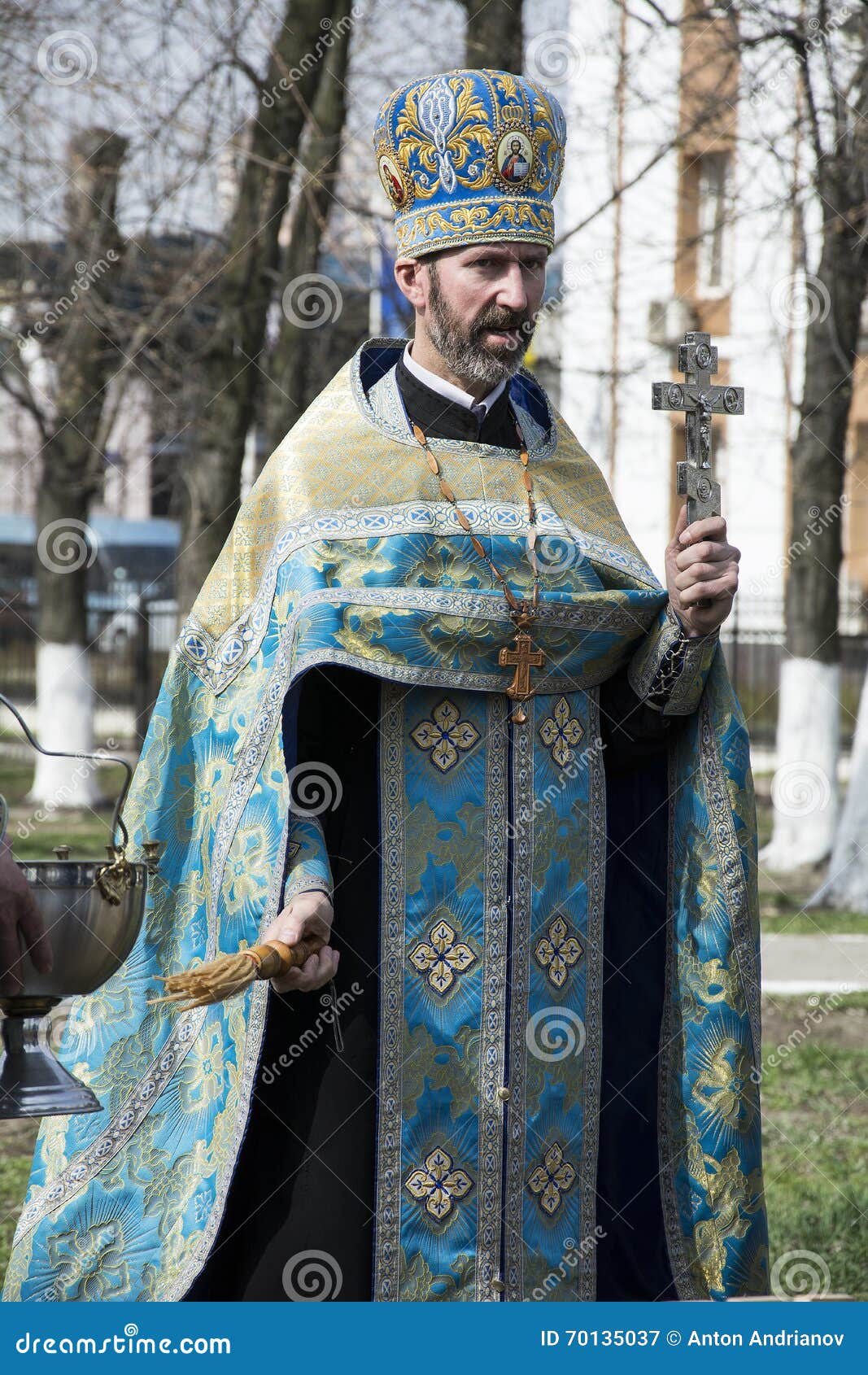Since the character I’m designing is inspired by a real historical period, I looked at references from the time.
The period I was looking at was 11-12th century Byzantine Empire, ottoman and Bulgarian traditional clothes, as well as eastern orthodox priests, since my character is a priest.
Initially, I wanted to look over religions that ruled the area before the arrival of Christianity, since my character belongs to a religion that believes in the existence of several gods (but only worships one). Sources were hard to find so I decided to look at Orthodox Christian priests of the time. I found out modern day priest clothing keep many elements from the Medieval period, especially in the east, so I looked at them.
The hair covering in this outfit is inspired by a drawing I found in a book about historical fashion I own called “The costume history” by Auguste Racinet and published by TASCHEN.
It has clothes from the Egyptian empire to the late 1800s, divided by periods and regions.
I later found in Wikipedia the original photos they used for many of the drawings in the book, in sections of cultures closer to their own period.

Outfit “A”
The front cloth separating to two and the shape of the cape are the main elements I took from modern-day priests

[image from dreamstimes.com]
The second outfit is inspired more by Byzantine clothes (elements from those clothes can be found in modern Orthodox priest clothes). The hair covering is once again from the book, I couldn’t find the photo reference.

[taken from number 5, second to the right]
The way the 2 fabrics overlap and cross is inspired from a mural of Emperor and Empress in the loros costume, Nicephorus III and Maria of Alania. 1074-81

[From Wikipedia]
The way the sleeves are cuffed by bracelets, which I added as part of Barya’s modification to the priest outfit to fit more for fighting (like I mentioned in the character profile) comes from a Justinian mosaic from the early Byzantine era.
[from smarthistory.org]

Outfit “B”
The last outfit is more heavily inspired by the Justinian mosaic, with the hair covering being from a mosaic of Empress Theodora. Because of that, the outfit looks more regal and fit for a royal, rather than a priestess, and it’s the outfit I feel fits the least.

[from smarthistory.org]

Outfit “C”
I think I’ll continue exploring outfit B, as it fits the most for a priestess-turned-fighter. I like the shoes from C and the hair covering from A.
As for the face, I had a general idea of what I wanted. I made the final colored face with a bit of stylistic inspirations from Byzantine art (i.e. the nose and mouth)

The colors come from the first drawing I’ve made of her, except her eyes have a brighter tone, to emphasize that part of her character design.
I still need to explore her hairstyle (the braids and beads mentioned on her character profile), and the symbols/pattern I want the fabrics of her clothes to have. Those might not be in the final version because I don’t know if it will be too hard for me to add to the model, but I assume they will be flat so it shouldn’t be that complex.
Here are all the links I used for research:
https://academic-accelerator.com/encyclopedia/ottoman-clothing
https://en.wikipedia.org/wiki/Ottoman_clothing
https://en.wikipedia.org/wiki/Slavic_paganism
https://en.wikipedia.org/wiki/Byzantine_dress
https://fashionhistory.fitnyc.edu/byzantine/
https://studenttheses.universiteitleiden.nl/access/item%3A2601773/vie










